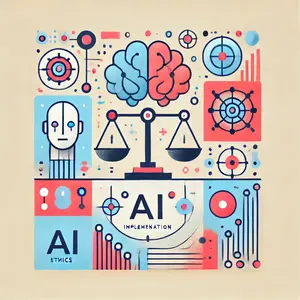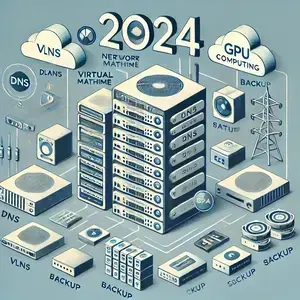Home Server Setup 2025,
26 Jan. 2025
(posts)In this post, I want to present my current home server setup, including the hardware, the virtualized infrastructure (Networks, VMs), and the services (Containers) I am running.1 The goal is to give you some inspiration and also to have some more thorough documentation for myself. While writing, I noticed some possible improvements, so there is value in the documentation process itself.
This post will be quite long as the infrastructure evolved over a prolonged period. To avoid convoluting it …
3113 Words, Tagged with:
Homeserver ·
Virtualization 





